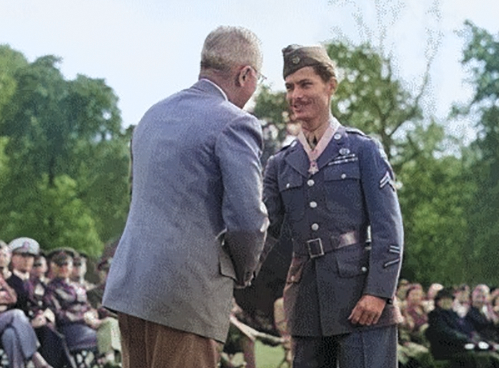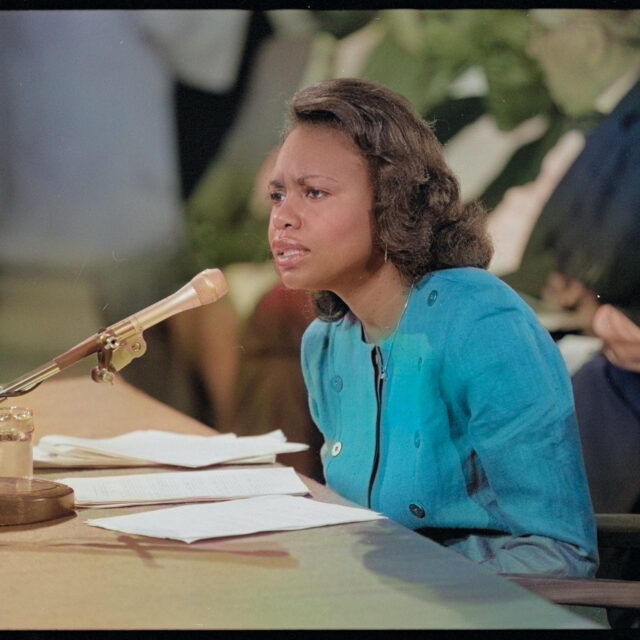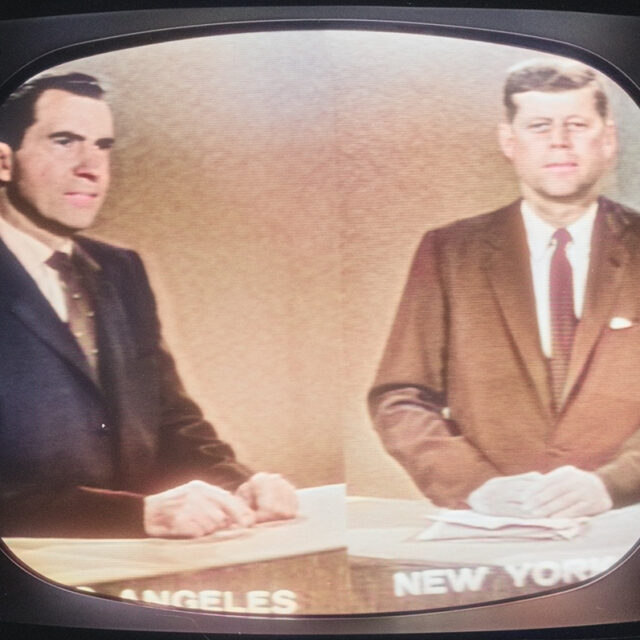
#OTD20 | September 23, 1952
Richard Nixon Defends Himself with the Checkers Speech
September 23, 1952: Richard Nixon, Dwight D. Eisenhower's running mate, goes on television to address allegations concerning a fund established by his backers.
Facing mounting pressure and calls to step down, Richard Nixon takes a groundbreaking step: he speaks directly to the American public on live television.
"My fellow Americans, I come before you tonight to tell you the whole truth and nothing but the truth. I do not believe that any of us would exchange places with any other people or any other generation."
In a masterful display of oratory, Nixon employs the story of a gift, a dog named Checkers, to humanize himself and appeal to the values of ordinary Americans.
The Checkers speech not only saves Nixon's political career but also becomes a defining moment in the use of television for political campaigns. It sets a new standard for politicians facing scrutiny and has leaves a lasting imprint on American political history.
Viewing Options
Richard Nixon, as vice-president and president, appears in a number of our programs, including "Post-War Years," "Vietnam," and "Cold War."
Additional Resources
Access more information from Media Rich Learning and curated off-site sources.
Remarkably social












